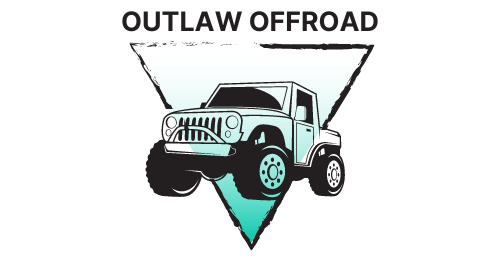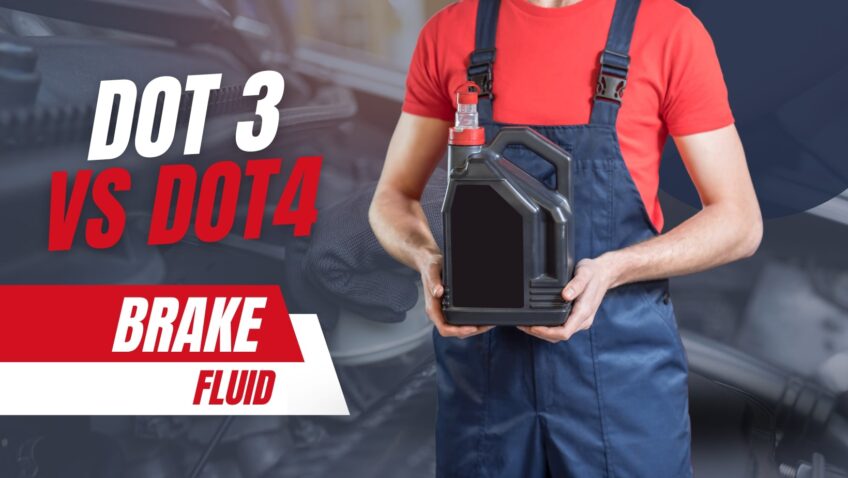When it comes to vehicle maintenance, one aspect that’s often overlooked is the brake fluid. Numerous car mechanics have come across customers who are confused about the different types of brake fluids and their appropriate use. In this article, we will dive deep into the world of DOT 3 and DOT 4 brake fluids, exploring their differences, similarities, and best applications.
What Is Brake Fluid and Why Is It Important?
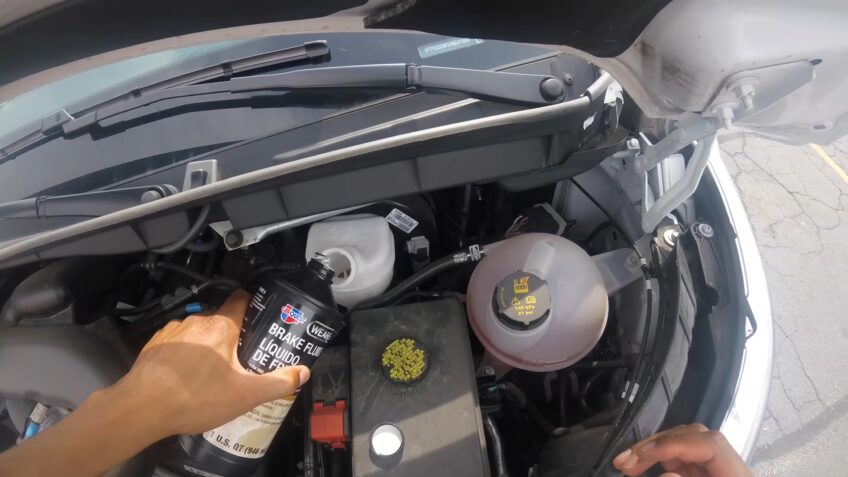
Brake fluid is a hydraulic fluid that plays a crucial role in your vehicle’s braking system. When you press the brake pedal, the fluid transfers the force you apply to the brakes, allowing your vehicle to slow down or come to a stop. This essential fluid also lubricates and protects various components of the braking system, preventing corrosion and ensuring smooth operation.
The importance of brake fluid cannot be overstated. A well-functioning braking system is vital for your safety on the road, and using the right brake fluid is key to keeping that system in top condition. Over time, the fluid can degrade and become contaminated with moisture, which can lead to a decrease in performance and, in extreme cases, brake failure. Therefore, it’s essential to check your brake fluid periodically and replace it as needed.
DOT Ratings – What Do They Mean?
Department of Transportation (DOT) ratings for brake fluid are crucial to understanding their performance and composition. In the United States, the DOT sets standards for brake fluids, which are identified by the numbers 3, 4, 5, and 5.1. These ratings indicate the fluid’s minimum boiling point and chemical composition, which are essential factors in determining its performance and compatibility with your vehicle’s braking system.
As the focus of this article is on DOT 3 and DOT 4, we will delve deeper into their properties and applications in the following sections.
DOT 3 Brake Fluid: Characteristics and Applications
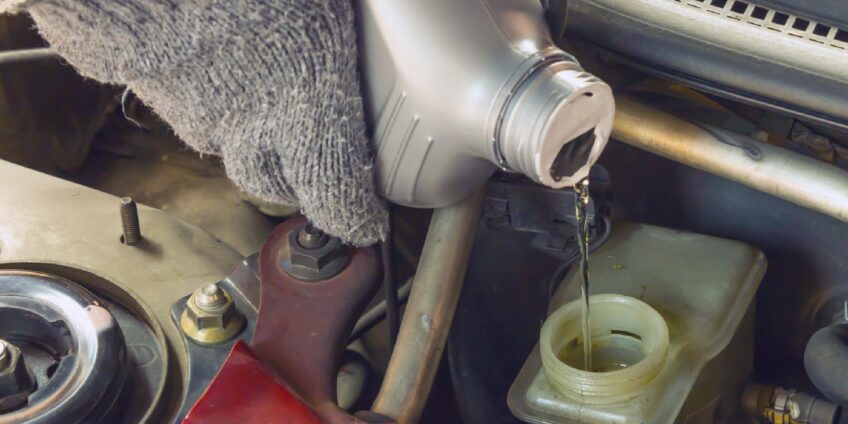
DOT 3 is a glycol-ether-based fluid that has been used in vehicles for many years. It is the most common type and is widely available at automotive parts stores. Here are some key characteristics of DOT 3:
- Minimum Dry Boiling Point: 401°F (205°C)
- Minimum Wet Boiling Point: 284°F (140°C)
- Viscosity: Suitable for a wide range of temperatures
- Compatibility: Can be mixed with other glycol-ether-based fluids, such as DOT 4 and DOT 5.1 (although not recommended)
DOT 3 is typically used in older vehicles and those with less demanding braking systems. It is a cost-effective option for drivers who do not require the higher performance characteristics of DOT 4 or DOT 5.1 brake fluids.
DOT 4 Brake Fluid: Characteristics and Applications
DOT 4 is also glycol-ether-based but offers a higher boiling point and better performance than DOT 3. It is commonly used in vehicles with more advanced braking systems, such as those with anti-lock brakes (ABS) or other performance-oriented features. Here are some key characteristics of DOT 4:
- Minimum Dry Boiling Point: 446°F (230°C)
- Minimum Wet Boiling Point: 311°F (155°C)
- Viscosity: Suitable for a wide range of temperatures
- Compatibility: Can be mixed with other glycol-ether-based fluids, such as DOT 3 and DOT 5.1 (although not recommended)
Due to its higher boiling point, DOT 4 brake fluid provides better resistance to heat, making it suitable for high-performance vehicles and those with demanding braking systems. While it is more expensive than DOT 3, the enhanced performance and safety make it a worthwhile investment for many drivers.
Comparing DOT 3 and DOT 4: Boiling Points, Composition, and Performance
Now that we’ve covered the basics of DOT 3 and DOT 4 brake fluids, let’s compare their key differences in terms of boiling points, composition, and performance:
Boiling Points
The most significant difference between DOT 3 and DOT 4 brake fluids is their boiling points. DOT 4 has a higher boiling point, both dry and wet, which makes it more resistant to heat and better suited for high-performance applications or demanding braking systems.
Composition
Both DOT 3 and DOT 4 are glycol-ether-based fluids, which means they share similar chemical compositions. This similarity allows them to be mixed, although it is not recommended due to the potential for reduced performance.
Performance
In general, DOT 4 brake fluid offers better performance than DOT 3, particularly in terms of heat resistance and compatibility with advanced braking systems. While DOT 3 is suitable for many vehicles, those with performance-oriented features or more demanding braking systems will benefit from the enhanced capabilities of DOT 4.
Can You Mix DOT 3 and DOT 4?
While it is technically possible to mix DOT 3 and DOT 4 due to their similar glycol-ether composition, doing so is not recommended. Mixing the two can reduce the overall performance of your braking system, particularly in terms of heat resistance. If your vehicle requires DOT 4, it is best to stick with that specific type to ensure optimal performance and safety.
How to Choose the Right Brake Fluid for Your Vehicle
To determine the appropriate brake fluid for your vehicle, consult your owner’s manual or contact your vehicle’s manufacturer. They will provide you with the correct DOT rating for your specific make and model. It is essential to use the recommended brake fluid to ensure optimal performance and maintain the integrity of your vehicle’s braking system.
When choosing between DOT 3 and DOT 4, consider the following factors:
- Vehicle Requirements: Check your owner’s manual or consult your vehicle’s manufacturer to determine the appropriate DOT rating for your specific make and model.
- Performance Needs: If your vehicle has advanced braking systems, such as ABS, or is performance-oriented, DOT 4 may be a better choice due to its higher boiling point and compatibility with demanding systems.
- Cost: While DOT 4 is generally more expensive than DOT 3, the enhanced performance and safety may be worth the additional investment.
Final Thoughts
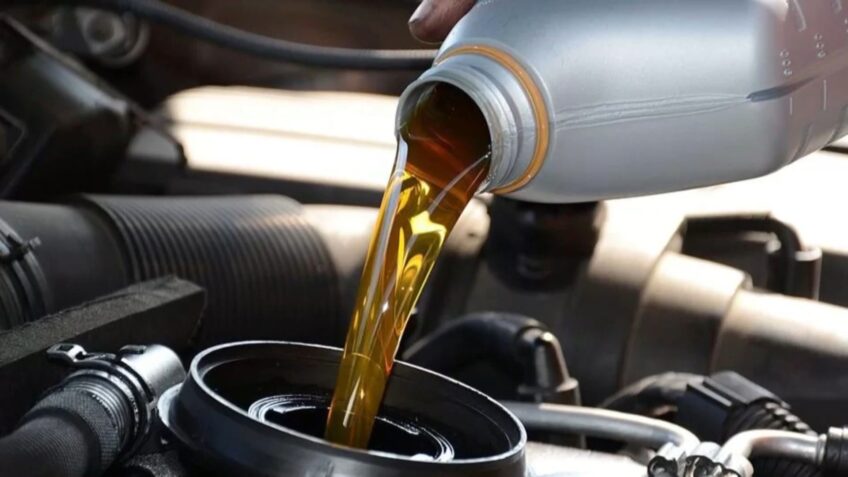
Understanding the differences between DOT 3 and DOT 4 brake fluids is essential for maintaining your vehicle’s braking system and ensuring optimal performance and safety. By educating yourself on the characteristics and applications of these two types of brake fluids, you can make informed decisions about the best option for your specific vehicle and driving needs.
Remember always to consult your owner’s manual or vehicle’s manufacturer for the recommended brake fluid type, and never mix different DOT-rated fluids. Proper maintenance and attention to your vehicle’s braking system will help keep you and your passengers safe on the road.
